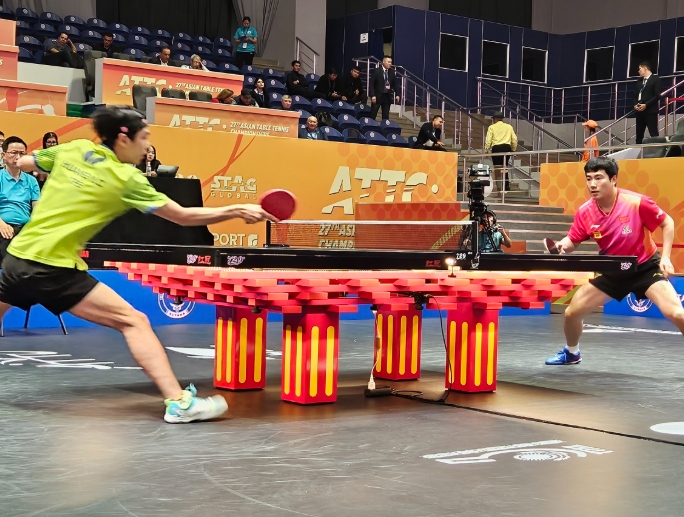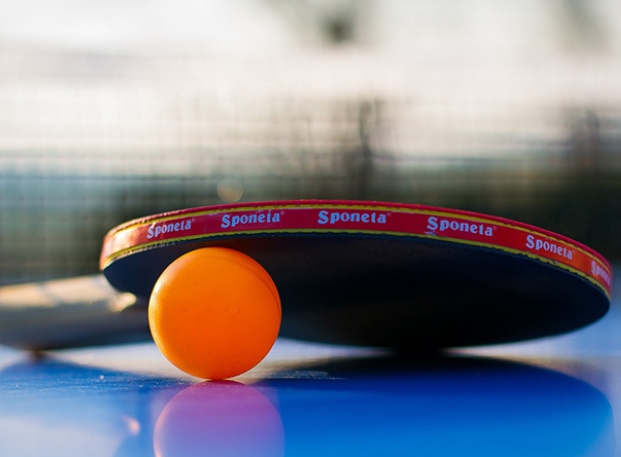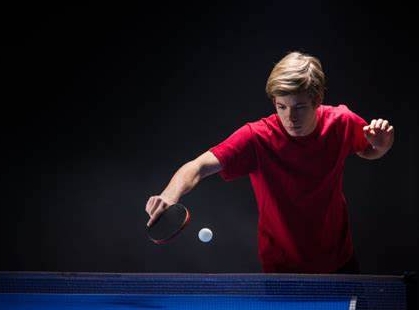Table tennis, often referred to as ping pong, is a sport that combines speed, precision, and strategy. One of the most critical aspects of the game is the serve. A well-executed serve can set the tone for the entire match, putting your opponent on the defensive and giving you a significant advantage. In this article, we'll delve into the intricacies of table tennis serve techniques, exploring how you can use spin, placement, and deception to outsmart your opponents.
The Importance of a Good Serve
A serve is more than just a way to start a point; it's a strategic move that can shape the entire dynamic of a match. A powerful and deceptive serve can force your opponent into making errors, giving you the upper hand. Whether you're a beginner looking to learn the basics or an advanced player aiming to refine your skills, mastering different serve techniques is essential.
Basic Serve Techniques
Forehand Serve: The forehand serve is the foundation for many advanced techniques. It involves using your dominant hand to strike the ball with a forward motion. Focus on maintaining a relaxed grip and a smooth, fluid motion to generate spin and control.
Backhand Serve: The backhand serve adds an element of unpredictability. By using your non-dominant hand, you can catch your opponent off guard. This serve is particularly effective when combined with spin and strategic placement.
Advanced Serve Variations
Pendulum Serve: The pendulum serve is a popular choice among professional players. It involves a circular motion of the racket, generating sidespin and topspin. The key to this serve is to use your wrist and forearm to create a fast, brushing motion.
Reverse Pendulum Serve: This serve is similar to the pendulum serve but with a twist. Instead of brushing the ball from left to right, you brush it from right to left, creating a reverse sidespin. This can be particularly effective in confusing your opponent and setting up your forehand attack.
Hook Serve: The hook serve is a deceptive serve that involves a combination of topspin and sidespin. The ball appears to be moving in one direction but then curves sharply, making it difficult for your opponent to predict its trajectory.
Strategic Serve Placement
Where you place your serve can be just as important as the type of spin you use. Aim to place your serves in areas that force your opponent into uncomfortable positions. For example, serving to the corners or the middle of the table can disrupt their rhythm and limit their shot options.
Deceptive Serves
Float Serve: The float serve is designed to look like a spin serve but with minimal spin. The goal is to deceive your opponent into expecting a spin and reacting accordingly. To execute this serve, reduce the speed of your racket at contact and try to make the ball appear as if it has more spin than it actually does.
Ghost Serve: The ghost serve is a highly deceptive technique that involves disguising the spin and trajectory of the ball. The idea is to make it difficult for your opponent to read the serve, forcing them to guess and increasing the likelihood of an error.
Specialized Serves for Attack and Defense
Chop Serve: The chop serve is a defensive serve that generates heavy backspin. This serve is particularly effective against aggressive opponents, as it forces them to play more cautiously.
Topspin Serve: For an offensive edge, the topspin serve is a powerful tool. By brushing the ball from bottom to top, you create a forward spin that makes the ball dip quickly after crossing the net. This serve is ideal for setting up aggressive follow-up shots.
Practicing Your Serves
Consistent practice is the key to mastering any skill, and serving is no exception. Spend time practicing different types of serves, focusing on consistency, spin, and placement. Consider using a box of balls and practicing alone to refine your technique.
Another effective way to practice is to serve against a weaker opponent. This allows you to test your serves in a match-like scenario without the pressure of facing a skilled player. It also gives you the opportunity to observe how your serves are being returned and make adjustments accordingly.
Adapting to Your Opponent's Style
Understanding your opponent's strengths and weaknesses is crucial in table tennis. If you're facing an aggressive player, consider using defensive serves like the chop serve to keep them in check. Against a more defensive opponent, try using offensive serves like the topspin serve to create openings for your attacks.
Conclusion
Mastering table tennis serve techniques requires patience, practice, and a strategic mindset. By incorporating a variety of serves into your game, you can keep your opponents guessing and gain a competitive edge. Remember, the key to a successful serve is not just the type of spin you use but also the placement and deception. So, grab your racket, hit the table, and start practicing your serves today. With dedication and persistence, you'll soon see an improvement in your game and become a more formidable competitor on the table tennis court.


